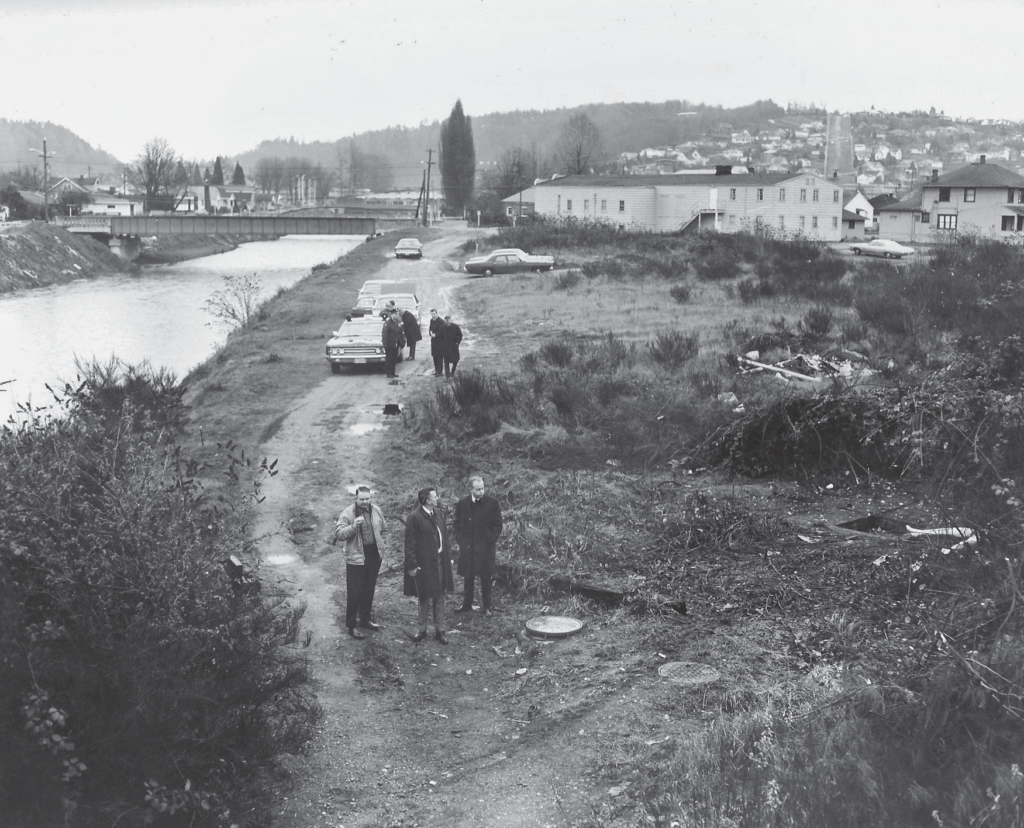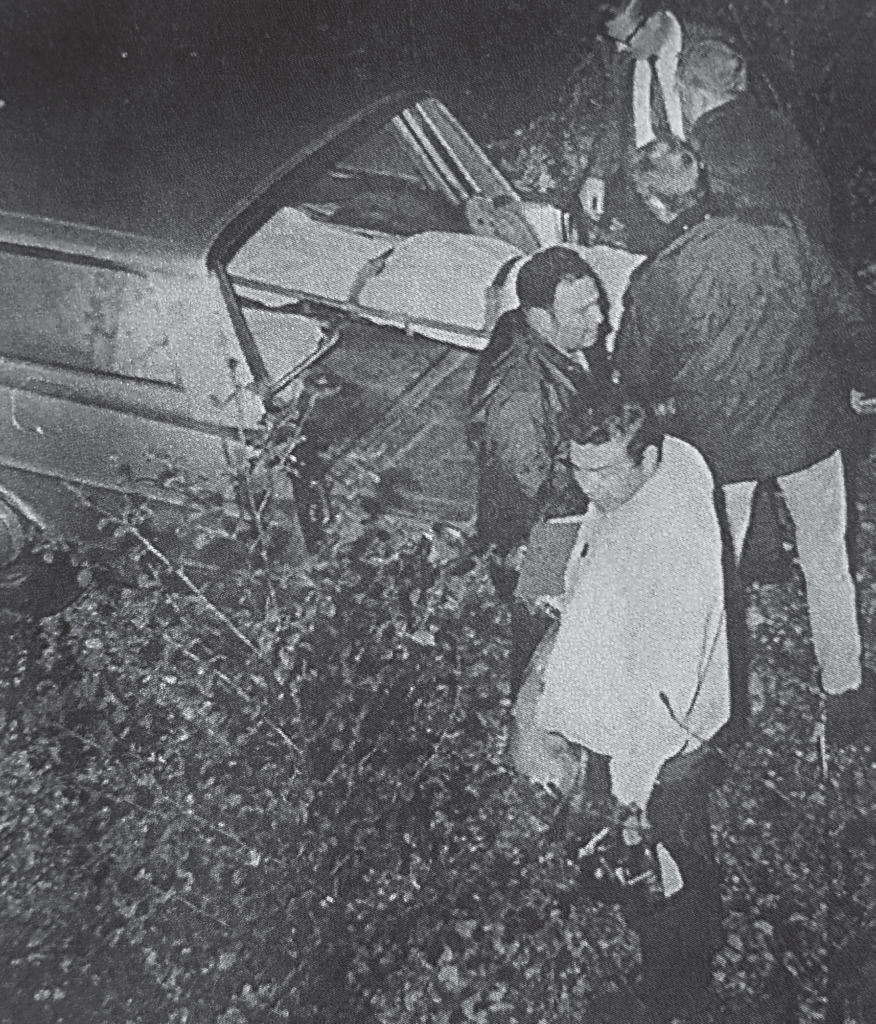
In 1969, the body of a young woman was discovered in the woods of Renton, Washington rocking the communities along Puget Sound. Three more brutal murders followed, drawing the attention of multiple police agencies as they tried to piece together the meager clues left behind by a true Seattle Serial Killer. The seemingly unrelated cases challenged detectives, who struggled to realize they were all connected to one man: Gary Gene Grant. Before the term “serial killer” was even coined, Grant stalked his prey, destroying lives and families while walking unseen among the masses. Decades later, his crimes have all but been forgotten.
It was the late 1960s in Renton, Washington, a suburb of Seattle. A long, tumultuous decade was ending, a decade that had seen both the culmination of the civil rights movement and the beginning of the Vietnam War. Across the country, Americans were transfixed that a man had finally walked on the moon, but back in Renton, locals were obsessed with something else entirely: the alarming fact that bodies kept turning up in local woods.
First, Carol Erickson, nineteen, a recent high-school graduate, found in December 1969. Then Joanne Zulauf, seventeen, reported missing by her family, found in September 1970. Both murders were shocking enough, but then came a new level of horror: two six-year-old boys, Bradley Lyons and Scott Andrews, found stabbed and strangled in local woods in April 1971.

For Renton, a small town unaccustomed to murder, these crimes left the community reeling. With a number of similarities between the slayings, such as manner and location of death, residents grew increasingly terrified that more murders were en route. But as if that concern wasn’t enough, how did they respond when not one—but two—men independently confessed to the crimes?

In his book Seattle’s Forgotten Serial Killer: Gary Gene Grant, author and longtime homicide detective Cloyd Steiger tells the remarkable story of how law enforcement in King County responded to the bizarre circumstance of one suspect attempting to claim the murders, only for further investigation to turn up yet another weeks later. With competing confessions, how would detectives sift through the haze of lies, the morass of facts, and the fog of memory to arrive at the truth of the identity of the original Seattle Serial Killer?


After all, it was almost too good to be true when John Chance, a mentally unstable Army veteran wandered into a local hospital, seeking self-admission for psychiatric trouble. Following a full examination, it wasn’t long before paranoiac schizophrenic tendencies began to appear, such as Chance claiming to be a son of the planet Saturn and having met none other than Jesus Christ outside nearby Tillicum, WA.
And yet—despite his strange claims, Chance also had detailed knowledge of the murders of the two boys, knowledge that immediately placed him on detectives’ radar. Within days of his appearing on the scene, he was arraigned.
If detectives know anything, it’s that confessions that seem too good to be true probably are. Patiently following the facts, chasing other leads—most promising among them a hunting knife believed to be one of the murder weapons—Renton PD soon tracked down yet another suspect, a young man named Gary Gene Grant who also exhibited occasional dissociative tendencies.

Bringing Grant in for questioning, police found that he, too, despite his evasive responses and selective recall, also had uncommon knowledge of the crimes—how, then, could they choose between the two?
We here at Crime Capsule love a good whodunit, so we wouldn’t dream of spoiling the answer for you here. For that, you’ll have to read Steiger’s book: after all, Steiger, whose thirty-six years at the Seattle PD gives him a unique window of insight onto the case, takes his readers through a master class of police procedurals.
Carefully reviewing each piece of evidence that arose, from crime-scene forensics to psychological evaluation to suspect testimony, Steiger charts the systematic means by which detectives worked through the competing accounts of the crimes.
It’s an extraordinary story, made all the more so by the fact that this Seattle Serial killer very nearly walked free. Don’t believe us? See for yourself. Happy reading—and sweet dreams!




